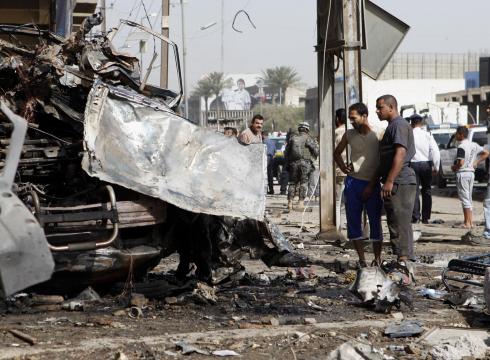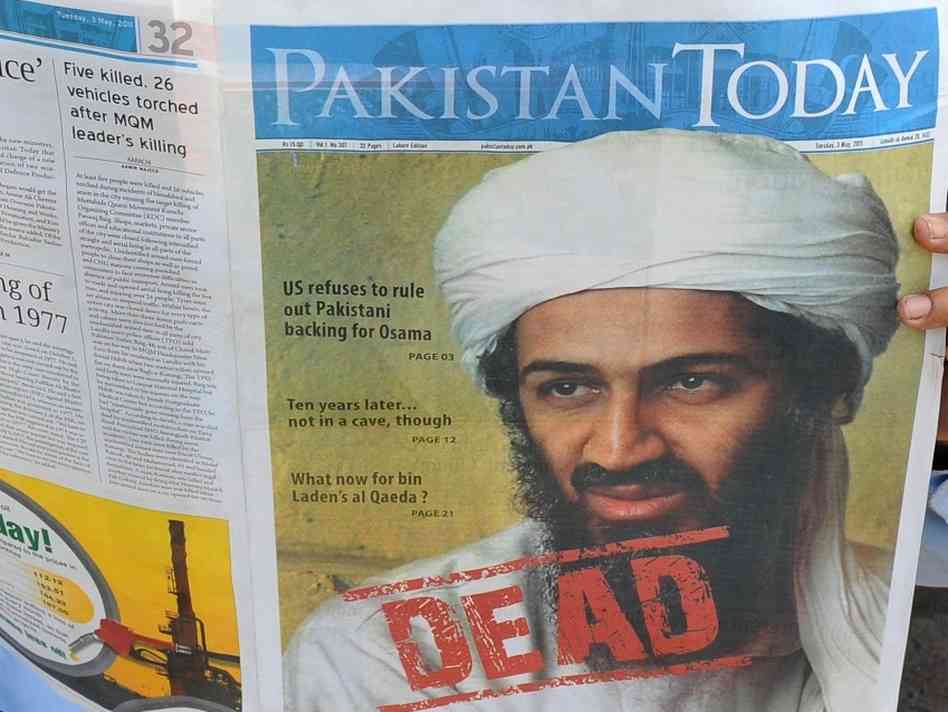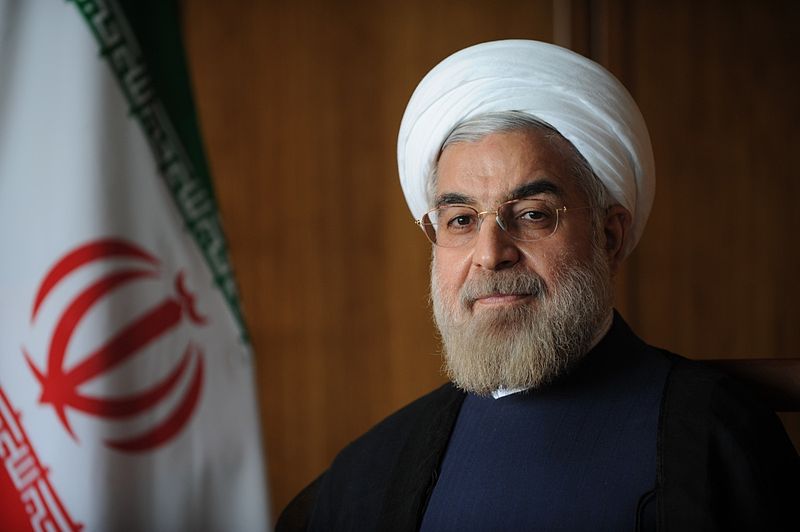By: Kavita Bapat.
Taliban leader Mullah Mohamad Omar was a recluse even before the fall of the Taliban government in late 2001. It is
therefore no surprise that along with his comrades, he has eluded capture by western coalition forces in Afghanistan and Pakistan for the past 10 years. Richard Holbrooke, the late US envoy to Pakistan and Afghanistan, voiced his belief that Mullah Omar is holed up in the Afghanistan-Pakistan border region. Others have claimed that he is more likely operating from Quetta or Karachi in Pakistan, as this would allow him more maneuverability in training and leading the resurgent Taliban. Mullah Omar has also led much of the fight against foreign troops in Afghanistan, as evidenced by an e-mail message sent to journalists in 2009 in which he urged the Taliban to continue the fight against NATO forces in the region.
Now a prominent militant leader, Mullah Omar was once just a small-time commander in the Afghan forces resisting Soviet occupation. After leading a national uprising in 1994 against the former Mujahideen warlords in Kandahar, he garnered respect throughout the region, becoming widely known as the catalyst of the renewed Taliban. The completion of this renewal by guiding the Taliban takeover of Afghanistan motivated his compatriots to refer to him as the “commander of the faithful”, a title bearing great significance in Islamic history. Despite his notoriety however, Mullah Omar has remained elusive. He has never met or contacted any western journalist, leaving all communication with outside world to his foreign minister Wakil Ahmad Mutawakkil. To most Afghans, Mullah Mohammad Omar is nothing but a faceless name, though those who claim to have seen him say that “he is around 50 years old, with a black beard and a black turban.” Experts have confirmed that Mullah Omar’s right eye has been damaged by shrapnel as a result of combating Afghanistan’s Soviet occupants in the 1980s.
Even during his 5 years in charge of Afghanistan, Mullah Omar was virtually invisible, rarely visiting the capital or being seen by anyone except those in his inner circle. However, his extreme interpretation of Islam and harsh implementation of Sharia law during the Taliban’s rule was far from invisible. During this time, Afghan women were forced to cover themselves fully from head-to-toe, denied education and employment opportunities, and banned from leaving their homes. Additionally, women who were found to have committed adultery were often stoned to death and homosexuals were crushed under brick walls. Mullah Omar also instituted a death sentence for those who
chose to convert to any religion other than Islam and gave the now infamous orders to demolish Afghanistan’s ancient Buddha statues at Bamiyan.
It was only after the events of 9/11 that Mullah Omar appeared on the western world’s radar, ranking high on America’s most wanted list, with a $10 million bounty on his head. Much of the US-led campaign to oust the Taliban from Afghanistan was motivated by Mullah Omar’s denial to hand over his close friend and ally Osama bin Laden. In statements released to the public following 9/11, Mullah Omar strongly defended bin Laden against accusations that he organized the attacks on the Pentagon and World Trade Center. Instead, Mullah Omar accused the US of attempting to cover up the failures of its faulty intelligence agency. However, bin Laden was believed to have heavily financed the Taliban government in Afghanistan. It is also rumoured that ties between Mullah Omar and bin Laden may have gone further, as there has been some suggestion that bin Laden may have taken one of Mullah Omar’s daughter’s as a fourth wife. Mullah Omar and his close friend allegedly spoke with each other daily by way of satellite phone and met for regular fishing trips.
Mullah Omar disappeared shortly after NATO forces first arrived in Afghanistan, but despite his elusiveness, he remains the spiritual leader of the Taliban and insurgents claim that he still has considerable control of Taliban strategic planning. Despite recent statements from the US government about positive negotiations with the Taliban, Mullah Omar has been uncompromising in his views, denouncing the Karzai government as a western puppet and demanding a complete withdrawal of NATO forces from the region. In the days after Osama bin Laden’s death, it was speculated that Taliban leader Mullah Mohammad Omar had been killed in Pakistan as well. However, the Taliban quickly dismissed these reports. Although Mullah Omar has not been seen or heard from for many days, it is believed that he is alive and that Taliban leadership has relocated to cities such as Karachi and Hyderabad to avoid American drone attacks.
With the US meeting with the Taliban on at least three separate occasions in recent months and Pakistan’s ISI encouraging talks with insurgent groups, both the CIA and the ISI are keen to keep Mullah Omar alive and engage in negotiations. It has become apparent that Mullah Omar’s consent is needed in order for any future peace process and reintegration of former combatants to take place. In Afghanistan and the surrounding region, the mere rumor that Mullah Omar had perished at the hands of Pakistani forces created mass panic and uncertainty. Mullah Omar is a uniting force in the Taliban and his death would only serve to further fragment the insurgency and make negotiations more difficult. Germany is hoping to ensure Taliban attendance at the Bonn Conference this coming December. Following the death of Osama bin Laden, the international community has high hopes that Mullah Omar will divorce himself from al-Qaeda’s global jihad ideology and adopt a more moderate posture. Consistent with his elusive tendencies, Mullah Omar’s next move will be difficult to forecast.
Disclaimer: Any views or opinions expressed in this article are solely those of the author and do not necessarily represent those of the NATO Council of Canada.



